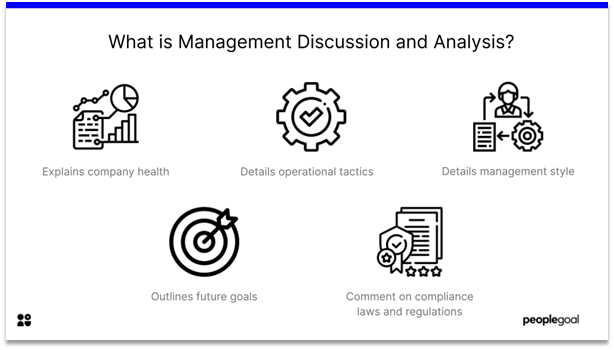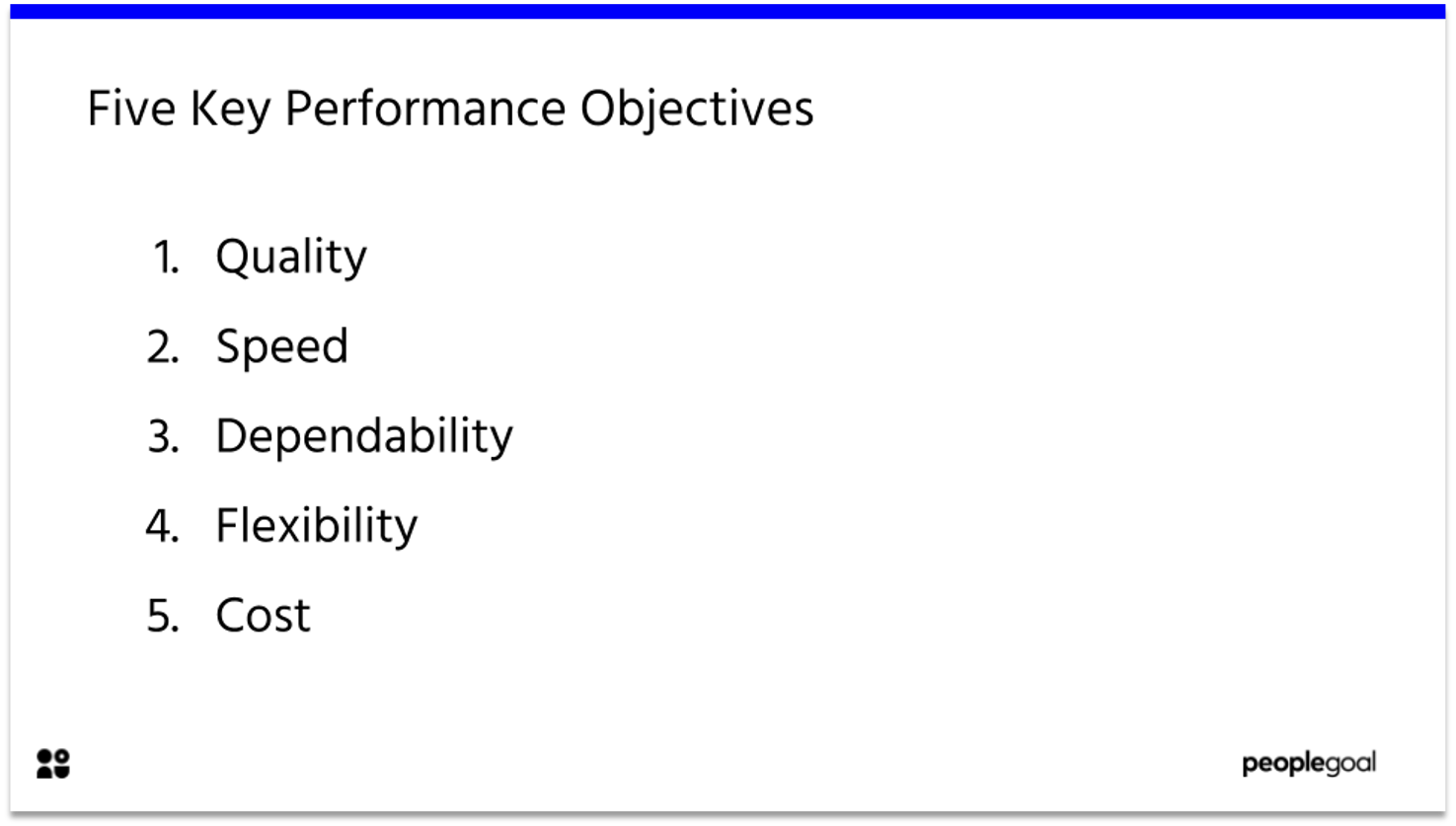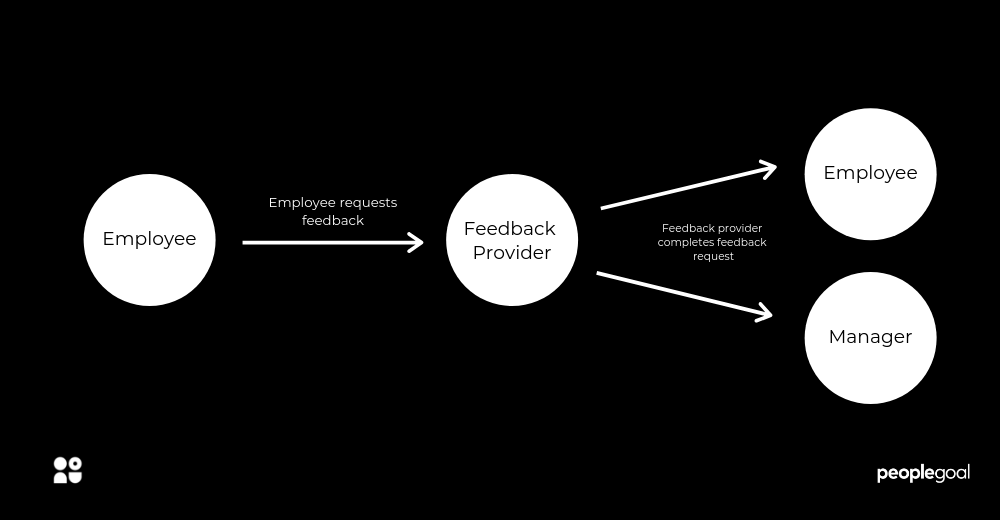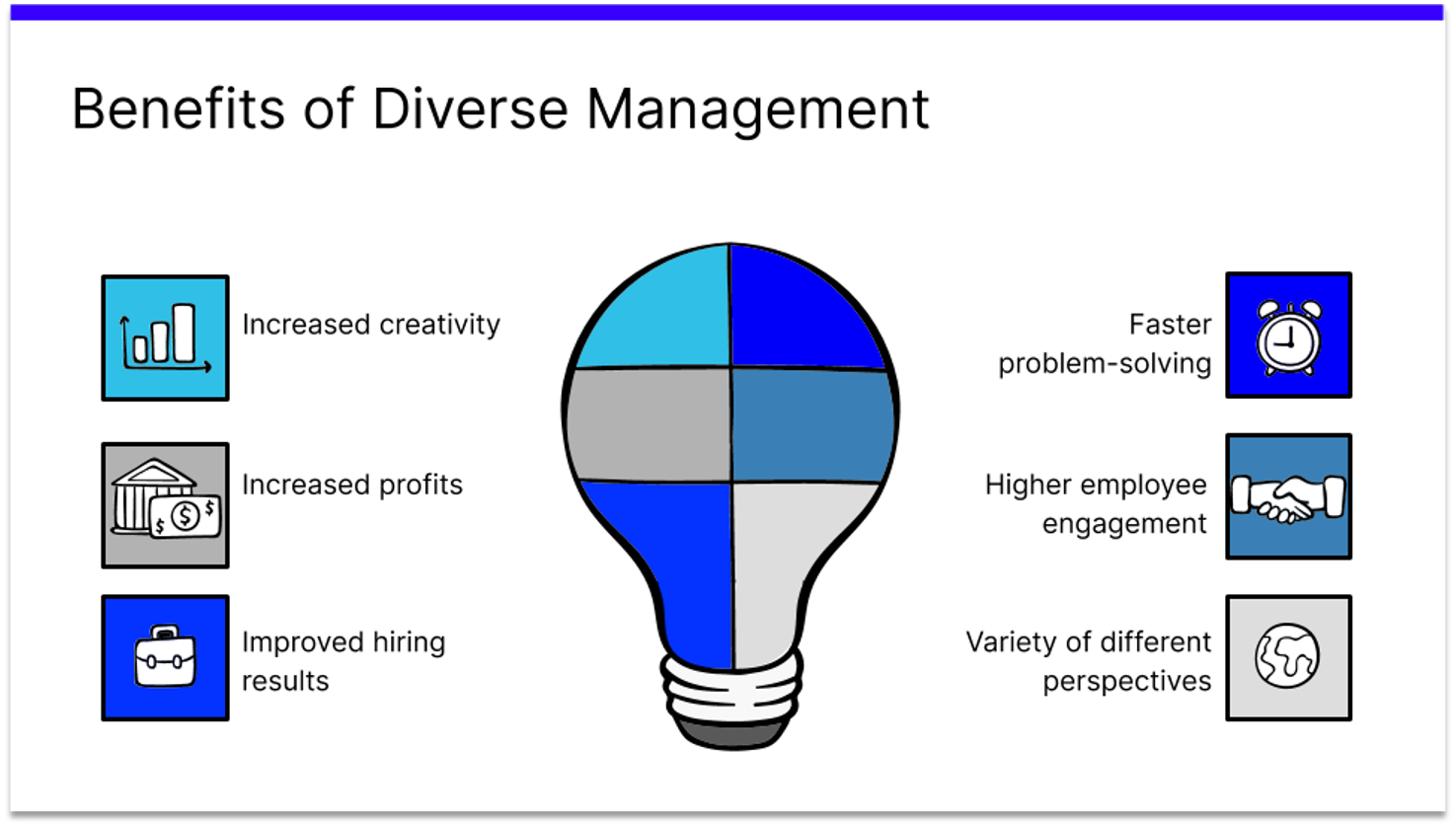The application of quality management techniques to manage team performance is becoming very popular among managers as it structures better the approach of completing tasks and objectives using quality management frameworks.
What is quality management?
Quality management is the act of overseeing all activities and tasks which are necessary to maintain or achieve a certain level of excellence in your organization. It consists of four key processes: quality planning, quality assurance, quality control and continual improvement.
- Quality planning – devising a quality management plan that describes the processes and metrics that are to be used.
- Quality assurance – assuring, validating and exhibiting to the organization that you have the abilities, skills, knowledge and attitude to achieve the desired outcome.
- Quality control – inspection, testing and measurement of project deliverables.
- Continual improvement – examining how the three elements above will drive further improvements in efficiency and effectiveness.
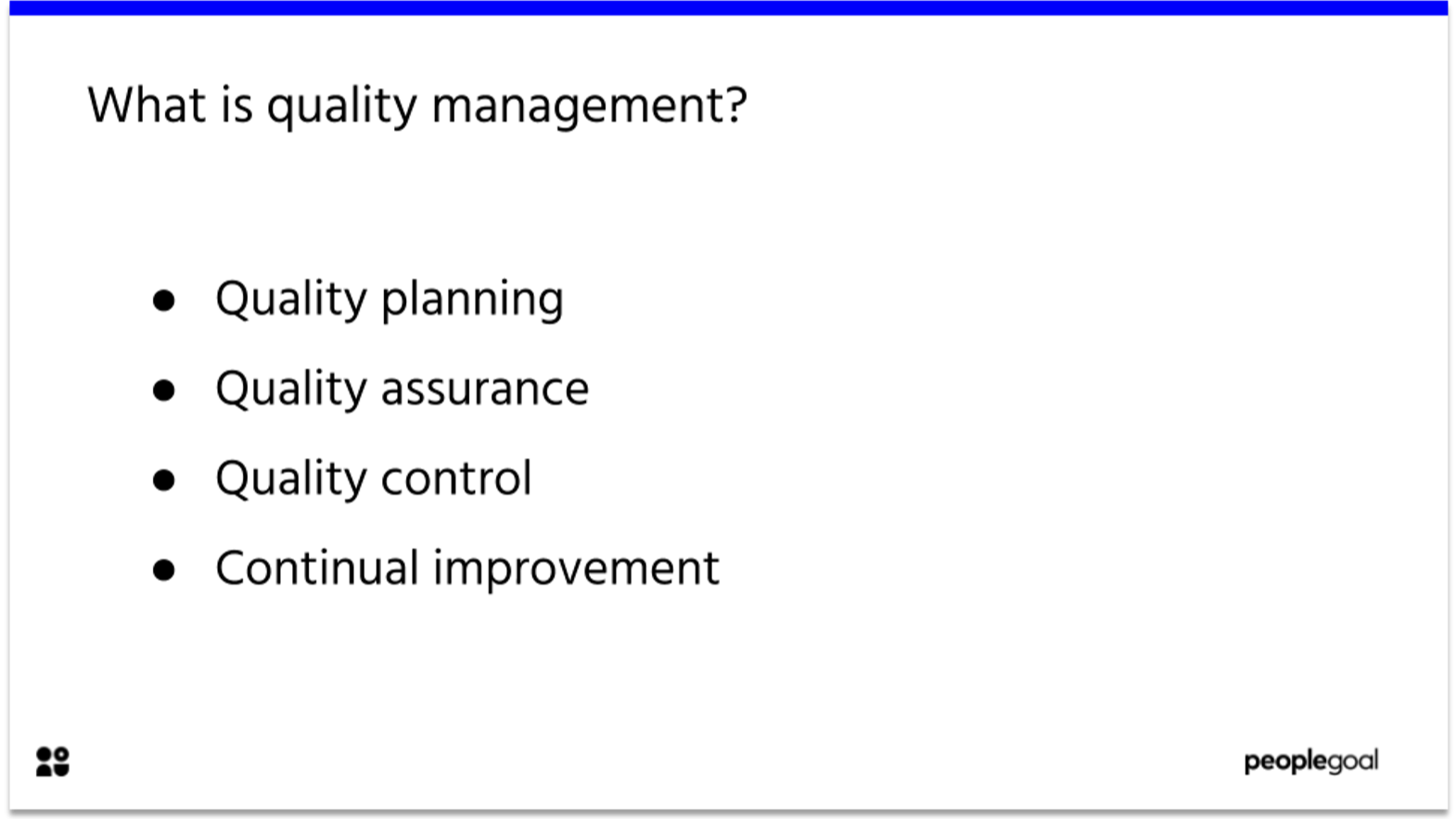
These processes are defined by their relationship with three principles: focus on the customer, understand the process and consider employees’ commitment.
Focus on the customer
Quality management techniques are also designed to measure customers’ satisfaction. They aim to try and answer these questions:
- Are customers satisfied?
- Are customers happy?
- Is the customer base increasing in number?
- Do we meet or exceed customers’ expectation?
- Is there anything that could be done, or could be done better, to serve customers better?
Answering these questions will help determine how to maintain the current customer base and attract a new one.
Understand the process
Total quality management techniques are also used to assess the quality and effectiveness of the processes in your organization. They try to assess inefficiencies in the process or where small tweaks can make visible improvements to achieve better results. Quality management techniques also try to gauge whether processes can be faster or shorter but yield the same or better results. Importantly, the cost of processes is measured; can the cost be reduced in areas without damaging performance?
Consider employees’ commitment
The final principle that quality management techniques need to consider is employees’ commitment to quality and excellence. Anne Mulcahy said: ‘employees are a company’s great asset,’ and it’s important to determine how committed your employees are in order to improve and succeed. Without commitment there can be no improvement, so quality management techniques should also try to find a way to motivate employees.
6 Total Quality Management Techniques to manage team performance
Let us run you through some techniques…
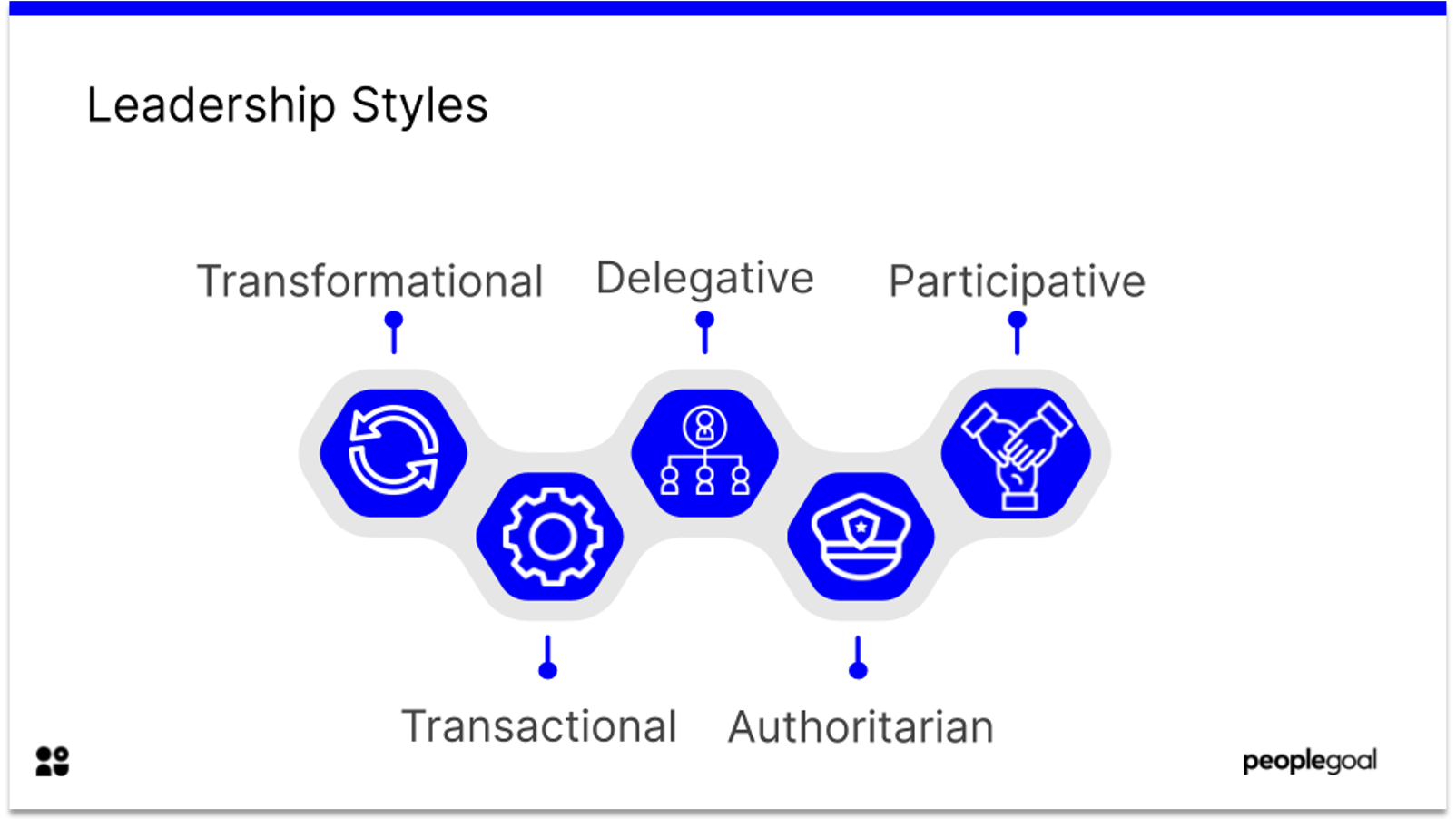
1. Benchmarking
Benchmarking is the process of taking performance metrics from the team and comparing these results to industry leaders. Problems and inefficiencies can be identified and acted upon. Targets for performance improvement can be devised, planned and implemented. With target achievement comes performance improvement and greater knowledge.
2. Continuous Improvement Process
Continuous improvement process, or continual improvement, concerns the ongoing improvement of services, products and processing using the metrics of ‘incremental’ and ‘breakthrough’. Incremental is the process of improvement over time, while breakthrough is improvement occurring all at once.
The most widely used tool in the continuous improvement process is the PDCA cycle – The Plan-Do-Check-Act. You can read more about it here.
3. Statistical Process Control
Statistical process control is a method of quality control which uses statistical methods to control, monitor, and manage a process. Quality data is in the form of product or process measurements, which are obtained in real-time. Control limits are set. If data falls outside the control limits, then this indicates variation away from the process standards and provides a reason to search for a source of this variance. When using performance management software for small business, businesses can incorporate SPC methods into their systems for monitoring performance metrics and identifying areas that need improvement. This ensures that processes align with organizational standards and reduces the risk of deviations, ultimately enhancing the overall quality and efficiency of business operations.
4. Variation Risk Management
Variation risk management is a tool for identifying, assessing and, if needed, nullifying unwanted variation in a process. It is a process geared toward the most effective reduction of negative process variation, given limited resources.
5. Business Process Re-engineering
The process of business re-engineering involves discovering the business operations and processes, determining the frailties and inefficiencies, redesigning these processes to eliminate redundancies, and finally implementing these redesigned processes. Re-engineering emphasizes a holistic approach; looking at large-scale change that can be implemented, focusing on business objectives and the processes related to them.
6. Six Sigma
Six sigma is a data-driven approach for removing defects in any process from manufacturing to engineering, product and service. Six sigma approaches uses two main basic principles: DMAIC and DMADV.
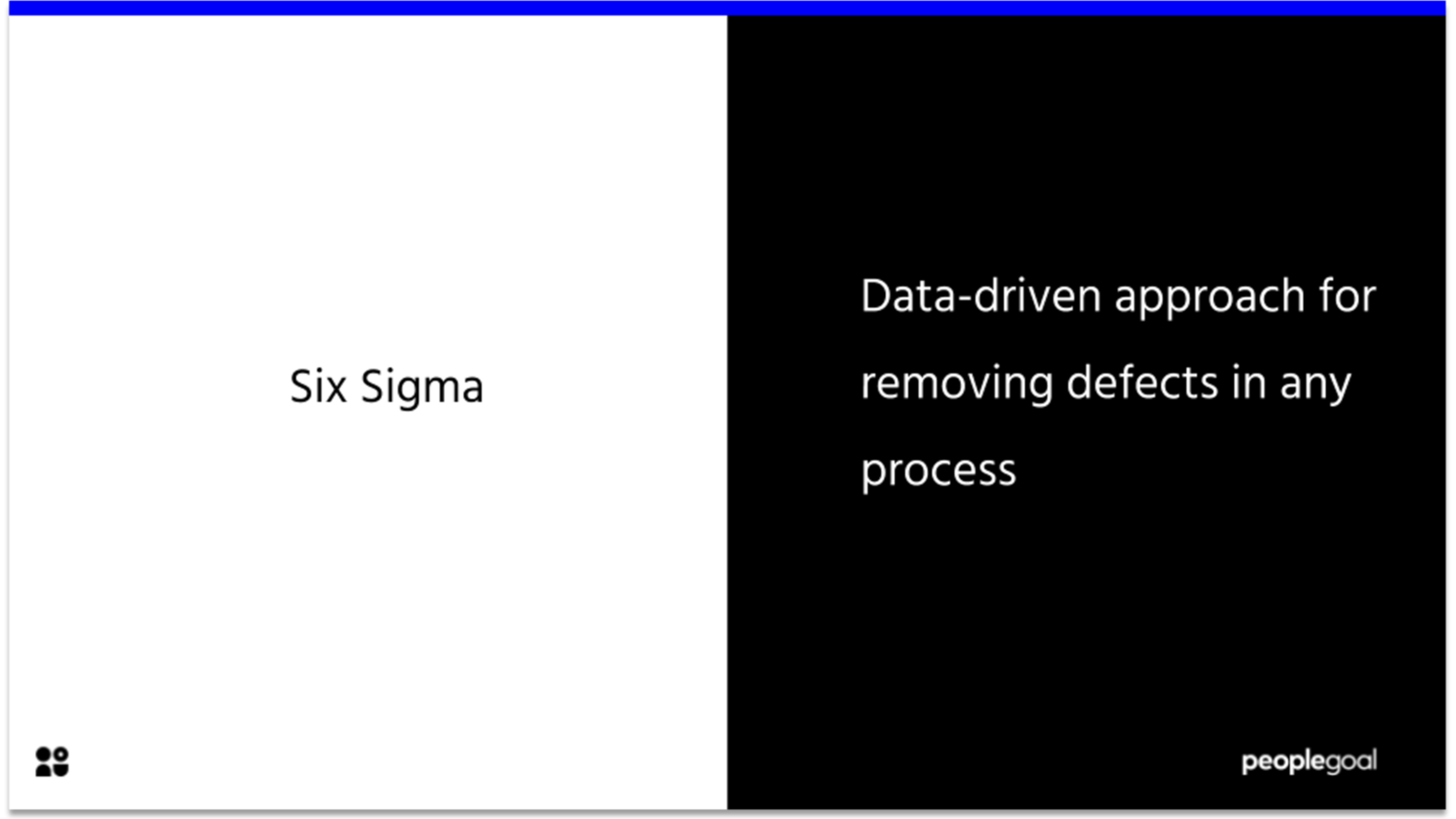
DMAIC (used to redesign and improve an existing process):
- Define the problem and desired outcome
- Measure the capabilities
- Analyze the data and identify defect variations in the process
- Improve and modify the process so fewer defect variations are found
- Control the process; prevent and alter variations before they result in errors
DMADV (used predominantly when designing a new process):
- Define design standards and process goals
- Measure and identify metrics with which process performance will be defined
- Analyze the data and identify defect variations in the process
- Design changes that will mitigate defects and errors
- Verify that the process design will meet performance requirements
Ready to 3x Your Teams' Performance?
Use the best performance management software to align goals, track progress, and boost employee engagement.

